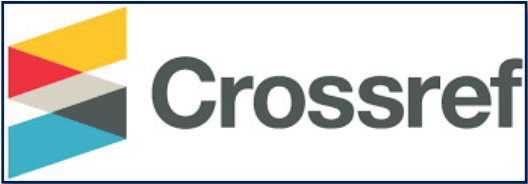Respon Pertumbuhan Hipokotil Kurma (Phoenix dactylifera L.) cv. Barari Madu pada Beberapa Konsentrasi Zat Pengatur Tumbuh secara In Vitro
DOI:
https://doi.org/10.33394/bioscientist.v9i1.3828Keywords:
Dates Cultivation Barari (Phoenix dactylifera L. cv. Barari), Plant Tissue Culture, 1-Naphtalene Acetic Acid (NAA), Benzyl Amino Purine (BAP).Abstract
References
Apriyanti, R.N., Pujiastuti, E., dan Rahimah, D.S. (2016). Kurma dari Gurun ke Tropis. Depok: Trubus Swadaya.
Bekheet, S.A. (2013). Date Palm Biotechnology in Egypt. Applied Science Reports, 3(3), 144-152.
Campbell, N., dan Reece, J.B. (2012). Biologi Jilid III. Jakarta: Erlangga.
Habila, S., Ali, D., and Salihu, F.H. (2016). Breaking of Dormancy and Its Effects on Seeding Establishment of Date Palm (Phoenix dactylifera L.). Journal of Natural Sciences Research, 6(12), 1-5.
Hamza, H., Mrabet, A., and Jimenez-Araujo, A. (2016). Date Palm Parthenocarpic Fruits (Phoenix dactylifera L.) cv. Deglet Nour: Chemical Characterization, Functional Properties and Antioxidant Capacity in Comparison with Seeded Fruits. Scientia Horticulturae, 211(1), 352-357.
Intha, N., and Chaiprasart, P. (2018). Sex Determination in Date Palm (Phoenix dactylifera L.) by PCR Based Marker Analysis. Scientia Horticulturae, 236(1), 251-255.
Khan, S., and Tabassum, B.B. (2012). Direct Shoot Regeneration System for Date Palm (Phoenix dactylifera L.) cv. Dhakki as a Means of Micropropagation. Pakistan Journal of Botany, 44(6), 1965-1971.
Mazri, M.A., and Meziani, R. (2015). Micropropagation of Date Palms: A Review. Cell and Developmental Biology, 4(3), 1-5.
Mohammadi, N., Rastgoo, S., and Izadi, M. (2017). The Strong Effect of Pollen Source and Pollination Time on Fruit Set and The Yield of Tissue Culture Derived Date Palm (Phoenix dactylifera L.) Trees Cv. Barhee. Scientia Horticulturae, 224(1), 343-350.
Pintaud, J.C., Ludena, B., Aberlenc-Bertossi, F., Zehdi, S., and Gros-Balthazard, M. (2013). Biogeography of The Date Palm (Phoenix dactylifera L., arecaceae): Insights on The Origin and on The Structure of Modern Diversity. Acta Horticulturae, 994(1), 19-38.













